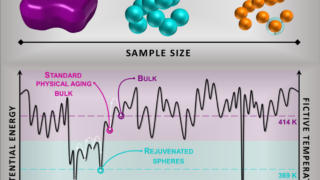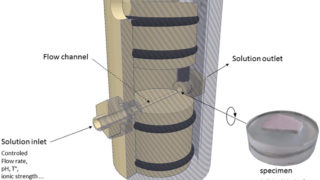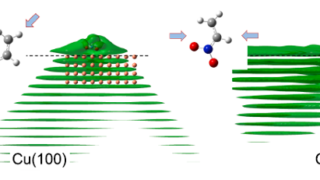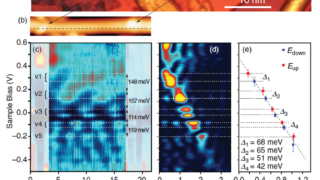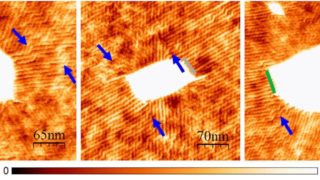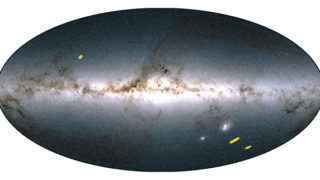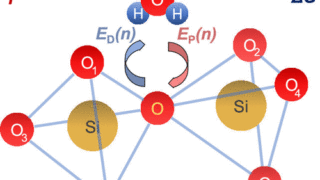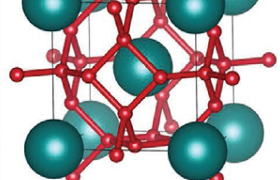
How to measure quantum speed limits experimentally
The common understanding of the uncertainty relation says that it is impossible to measure both the position and the momentum of a subatomic particle, in the same instant to unlimited accuracy. The more accurate is the measurement of the momentum, the less accurate is the measurement of the position in that instant, and vice versa […]
